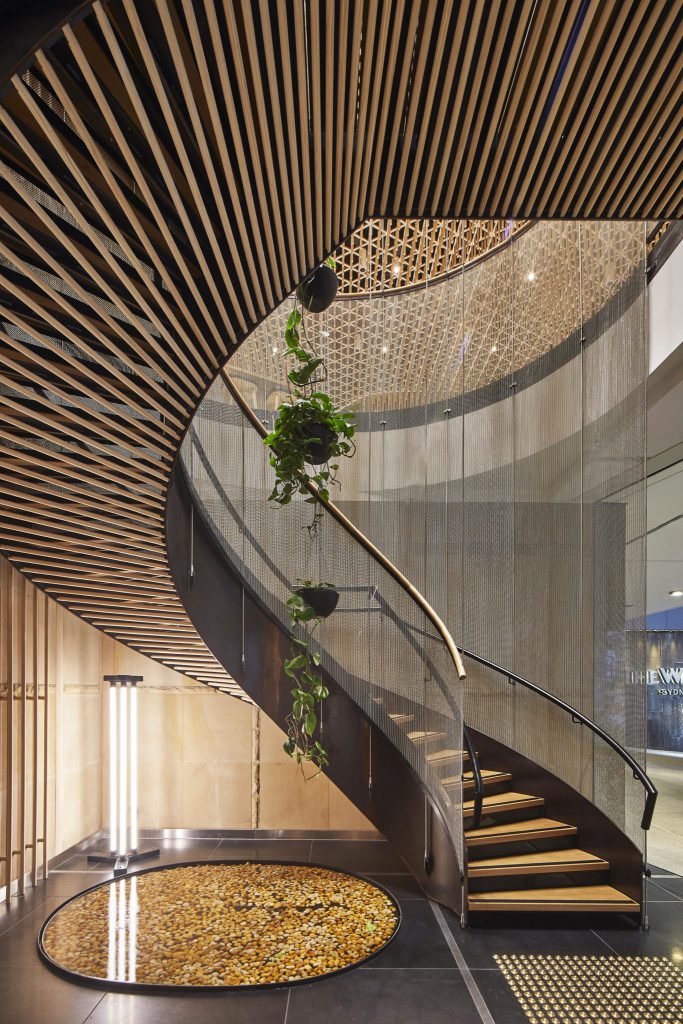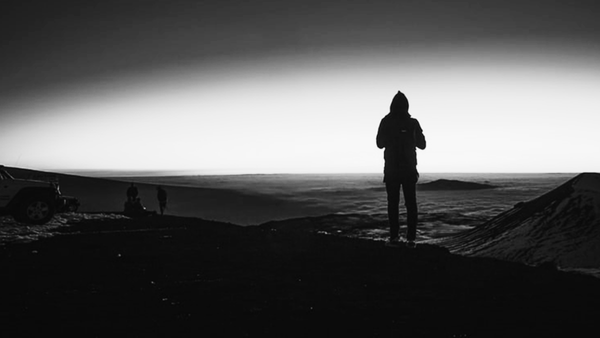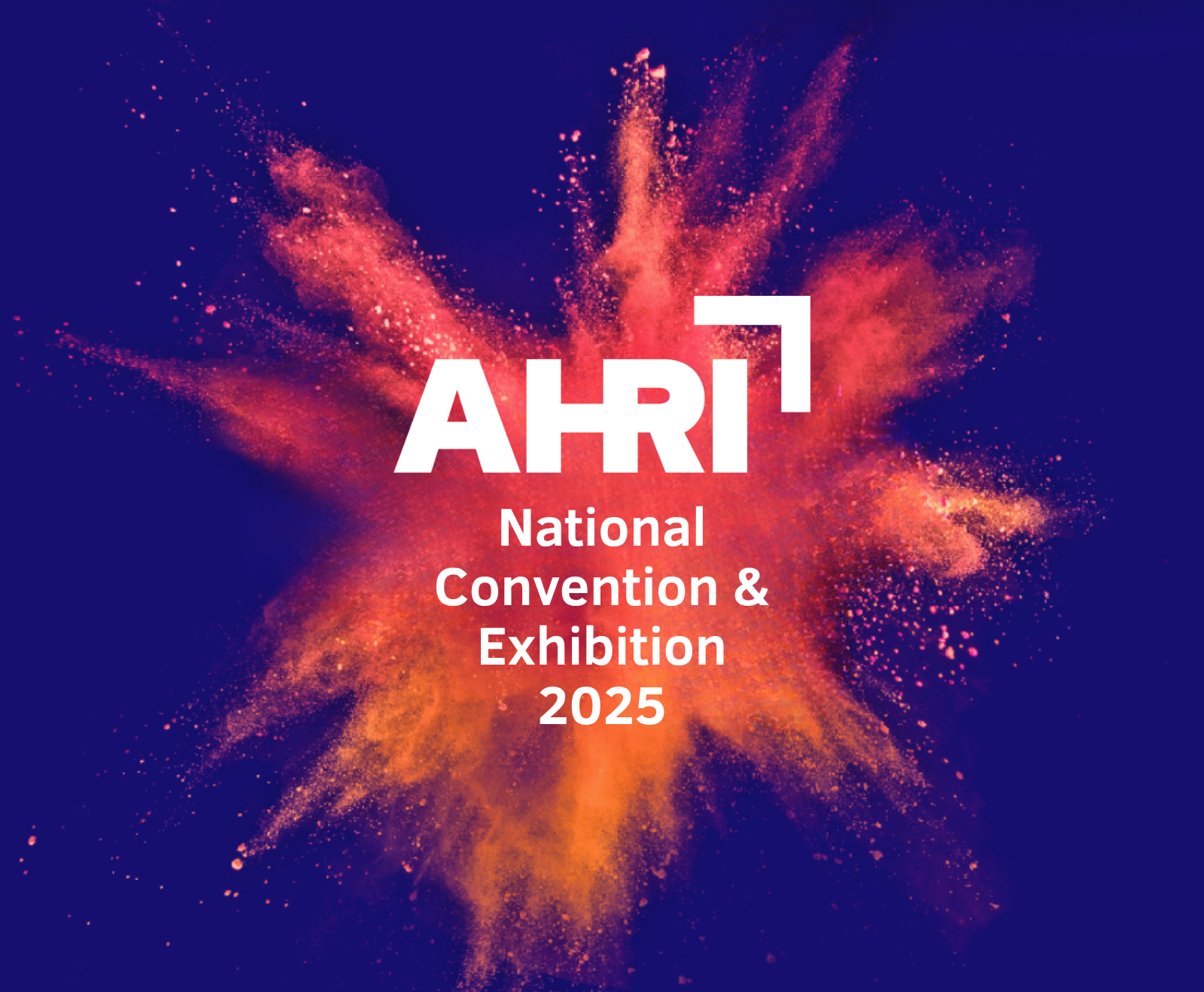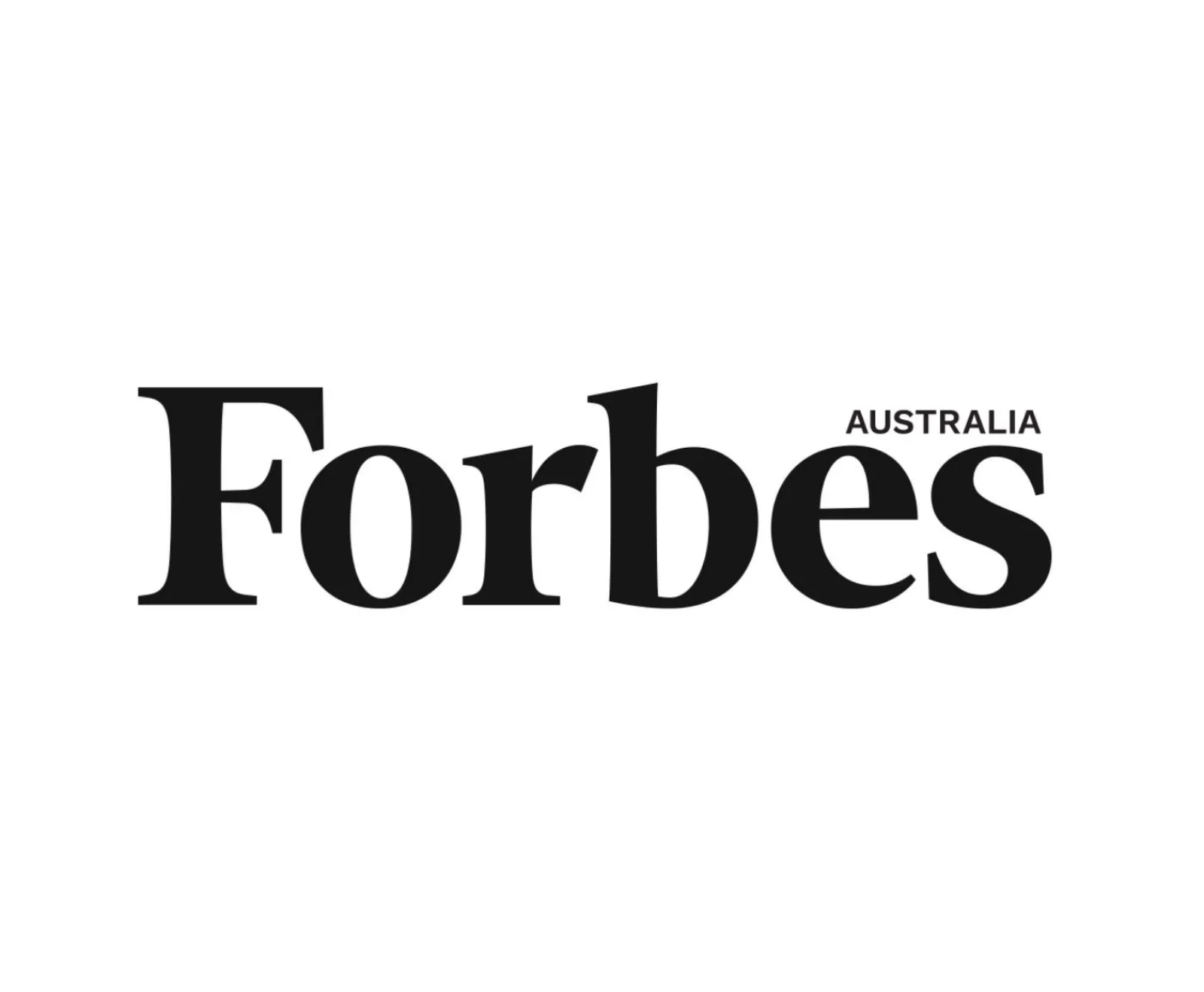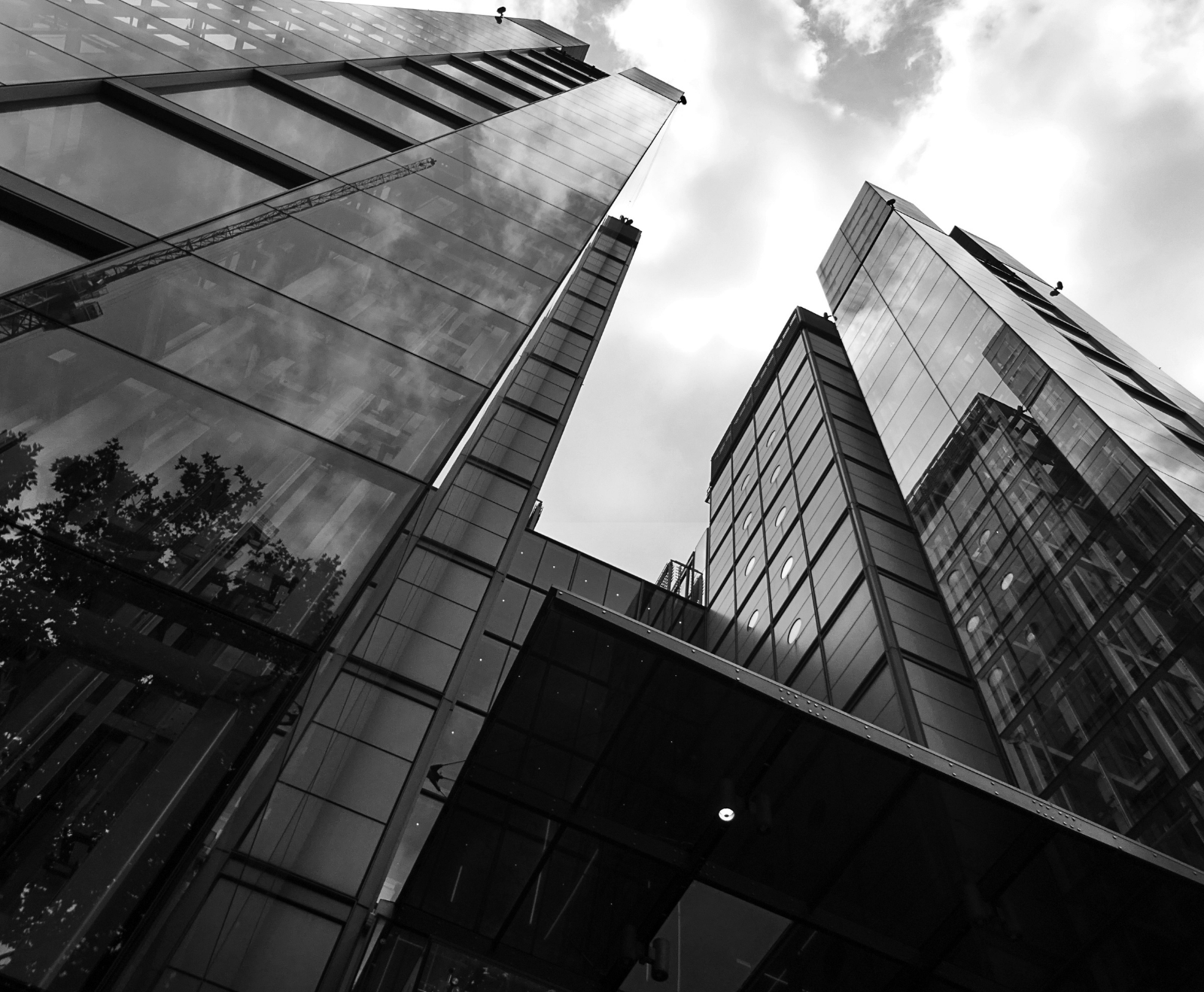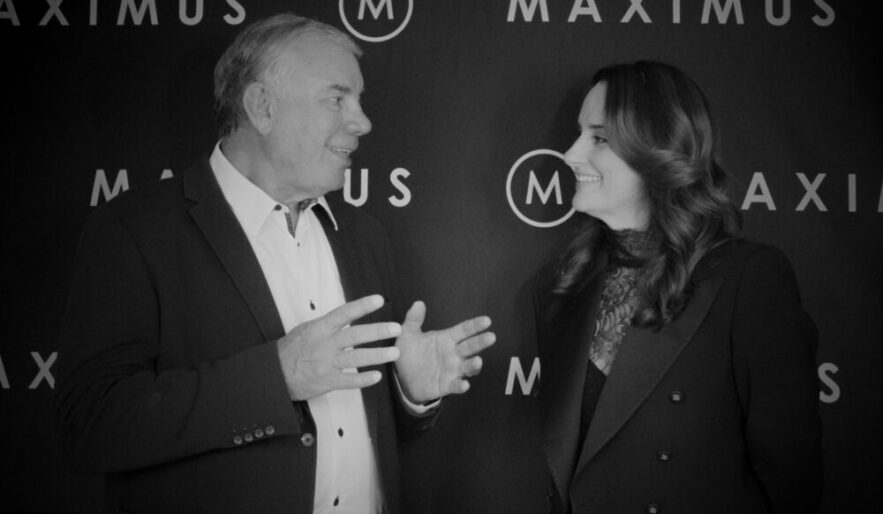“In 50 or 100 years from now the ‘office’ may have evolved into a mix of environments that nurtures our last competitive advantages over machines,” says Dr Agustin Chevez, Senior Researcher at Hassell architects and the Swinburne Centre for Design Innovation. Chevez envisages it as “a nursery of adventurous minds”.
The concept of work as an adventurous response to challenges and sometimes adversity, is a metaphor that resonates today. It recognises the disrupted nature of the marketplaces; refers to one of the unique qualities that humans bring to the workplace – artificial intelligence (AI) is not yet adventurous; and hints at the role of stimulating, supportive work environments in bringing human ingenuity to the fore.
Designing spaces in which employees can apply their talents requires purpose-led thinking, says Dr Amanda Allisey, Principal Consultant at Maximus. The now popular menu of activity-based work environments is enticing, but corporate leaders must first be able to articulate the unique character of their enterprise, the skills it needs to attract and the nature of work its employees will do.
Both Allisey and Chevez caution against succumbing to faddism or following trends because however cool the craze, what works for Google is unlikely to work for, say, Powercor. The right spaces create conditions in which individual cultures can thrive, says Allisey.
ANYWHERE WORKING:
WHERE FLEXIBILITY MEETS ACCOUNTABILITY
Director of Maximus Brent Duffy says future workforces, with the technological ability to work from anywhere, both inside and outside the ‘office’, must be inspired to combine freedom to work flexibly with accountability.
The change required in leaders is to create a culture that releases control of input – what people are doing at any given moment; and instead manage for output – ideas presented, projects that have been completed, targets realised, changes implemented.
In agile environments, where employees may work fluidly on various teams, forming and disbanding according to project requirements, the need to ensure a sense of psychological safety is an important part of culture, supported by appealing and enabling workplace design.
Duffy cites Commonwealth Bank’s (CBA) future Sydney-based workforce of some 30,000 people, who will work across three buildings in the CBD and a new purpose-built site in Redfern, as an example of how organisations are “making ‘agile’ real”.
“CBA is transforming from a hierarchy to a system – known as Workforce 2020 – in which teams will form and disband as they need to, and work on projects across all four sites,” says Duffy.
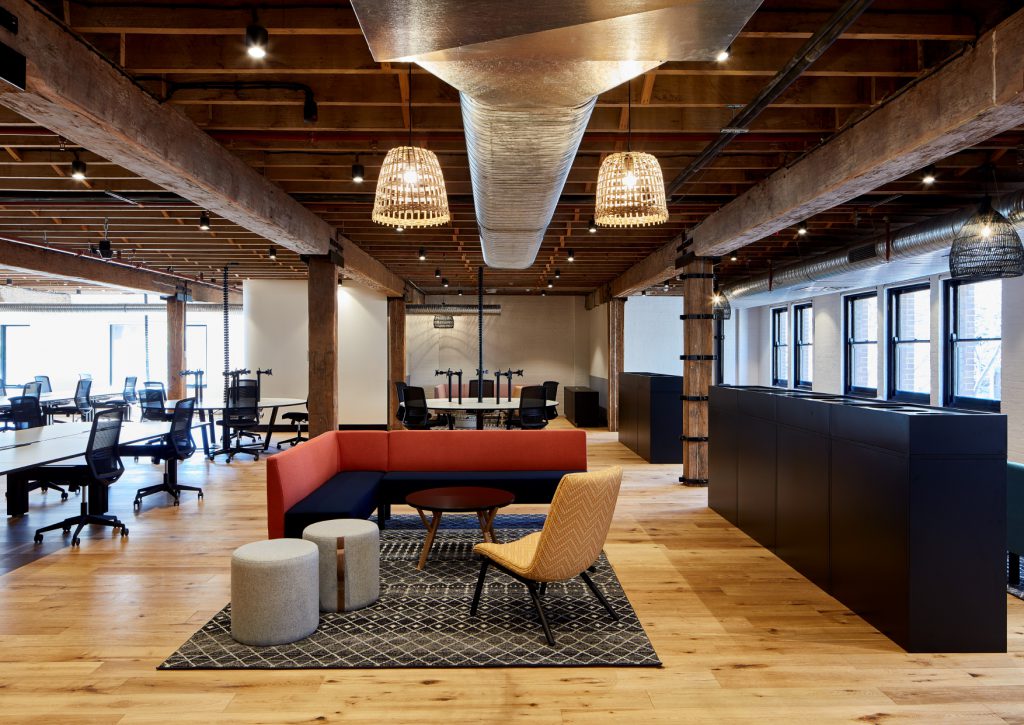
OFFICE BUILDING:
A COMMUNITY OF VALUES
Dexus, which owns, develops and manages the largest portfolio of office space in Australia, begins at car-park level in its buildings to provide not just seamless parking, but bicycle repair – part of the thinking that caters to people and what they need at the end of their journey to work. Employees of businesses occupying Dexus buildings also have access to yoga classes, running clubs, concierge services and generous lobbies designed for relaxed eating, meeting and entertainment.
“There’s no generic customer for us,” says Joshua Pails, NSW General Manager of the office leasing team at Dexus, whose clients range from startups employing six people to NBN, which will occupy more than 20,000 square metres in the light-flooded 100 Mount Street in North Sydney. But they generally share a future focus on “flexibility, talent attraction and a shared model of working”, Pails says. Attracting and retaining millennials, a generation which will account for 54 per cent of the Australian population by 2030, is the ongoing challenge for businesses. Says Pails, “Millennials want experiences, they want work to be social, and they’re really focused on health, wellbeing and sustainability.”
In response, organisations are, “buying into shared values that demonstrate a stronger social awareness – they’re looking to build community and interact with like-minded partners,” explains Pails. Dexus properties are in turn implementing online workspace portals to allow businesses to connect with each other and take part in events and activations as they want to.
At the same time, Dexus collaborates with councils to bring areas around its buildings to life beyond office hours, providing opportunities for employees to extend the social experience of work.
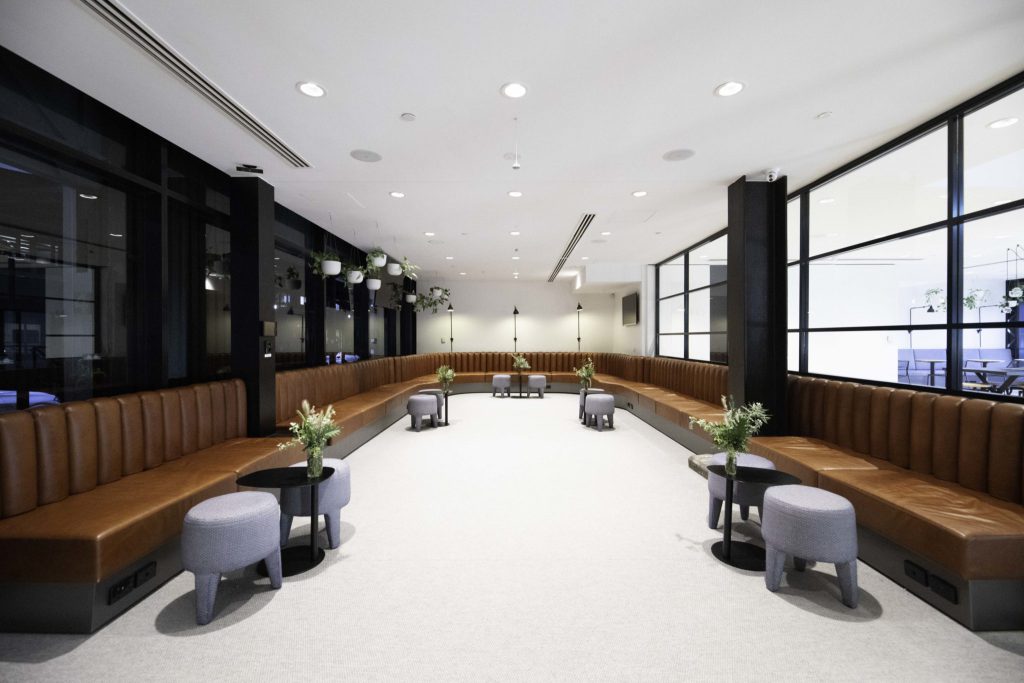
OFFICE DESIGN:
FOR WHAT YOU DO AND HOW YOU DO IT BEST
Mia Feasey, CEO of visionary design company and Maximus partner, Siren Design, has shaped inviting and functional work environments for every kind of enterprise, from power companies to cruise lines. “We’re moving into a phase where user is chooser,” Feasey says of what lies ahead.
Feasey worked with Maximus to design its unique work environment on an historical Sydney Harbour pier around two human imperatives: “We wanted to bring leaders, our clients, into a different space where they could tap into the authentic side of their nature,” says Vanessa Gavan, Founder and Managing Director of Maximus. “It had to be more homely than most offices, for people to be able to walk in and immediately feel at ease, otherwise we wouldn’t be able to achieve the authenticity outcome that’s so important to our work.”
On the employee side, Maximus team members spend a lot of time out of office, which might have led to hot-desking and sharing underutilised space to cut down on square metres needed to run the business. Maximus rejected this strategy as potentially detrimental to its culture and human performance.
“Our community of people is offsite so much of the time; it’s important to them to feel like they have a home, a space to come back to that’s consistent and congruent.”
54% of the population in 2030 will be social, experience-craving, health-focused millennials.
OPEN PLAN:
WHERE LEADERS BECOME OUTSTANDING
The pendulum is swinging back on the trend to large open-plan offices, as organisations respond to many employees’ need for periods of undisturbed concentration. “We’re putting in a lot of ‘library’ areas”, says Feasey, where people can quietly work together but alone. The natural craving for audio privacy is also finding its niche; think semi-enclosed spaces lined with acoustically absorbing materials where you can negotiate a difficult deal or check in with an ill family member without having to avoid your colleagues’ glances.
For future leaders, being seen to work in modified open-plan areas, with open diaries, transparent to their teams, represents an untapped opportunity. Being visible allows leaders to model what the new paradigm of flexibility with accountability looks like in action. Being visible, in quiet zones, in scrums (stand-up meetings), and being seen to leave the office to go to your child’s speech-day at school can be culture-building gold.
“We don’t learn how to behave by reading a manual,” says Chevez. “We learn how to behave by seeing other people behaving.”
Chevez’s research into the nature of work has led him to conclude that today’s emphasis on efficiency, reliability and consistency is training people for an unwinnable showdown with computers, robots and AI. “We should start trying to identify and understand the unique human qualities that we need to design for and support,” he says.
Allisey and Chevez have each arrived at the conclusion that the ‘office_ – as a place for people to combine their thoughts and talents – will exist into the future. Despite the opportunities for anywhere working, “People will still come to the office because of the need to feel connected that you can only get by being in the same place,” Allisey explains.
Even now, says Chevez: “You don’t need to go to the office to send an email, create a Word document, or work on your PowerPoint – these are tasks you can do anywhere. You go to an office to get the necessary social cues to do your job, to get a sense of belonging and identity.”
This article was originally published in the 3rd edition of M Magazine, an exclusive print magazine aimed at inspiring and driving change through Australia’s executives and heads of HR.

